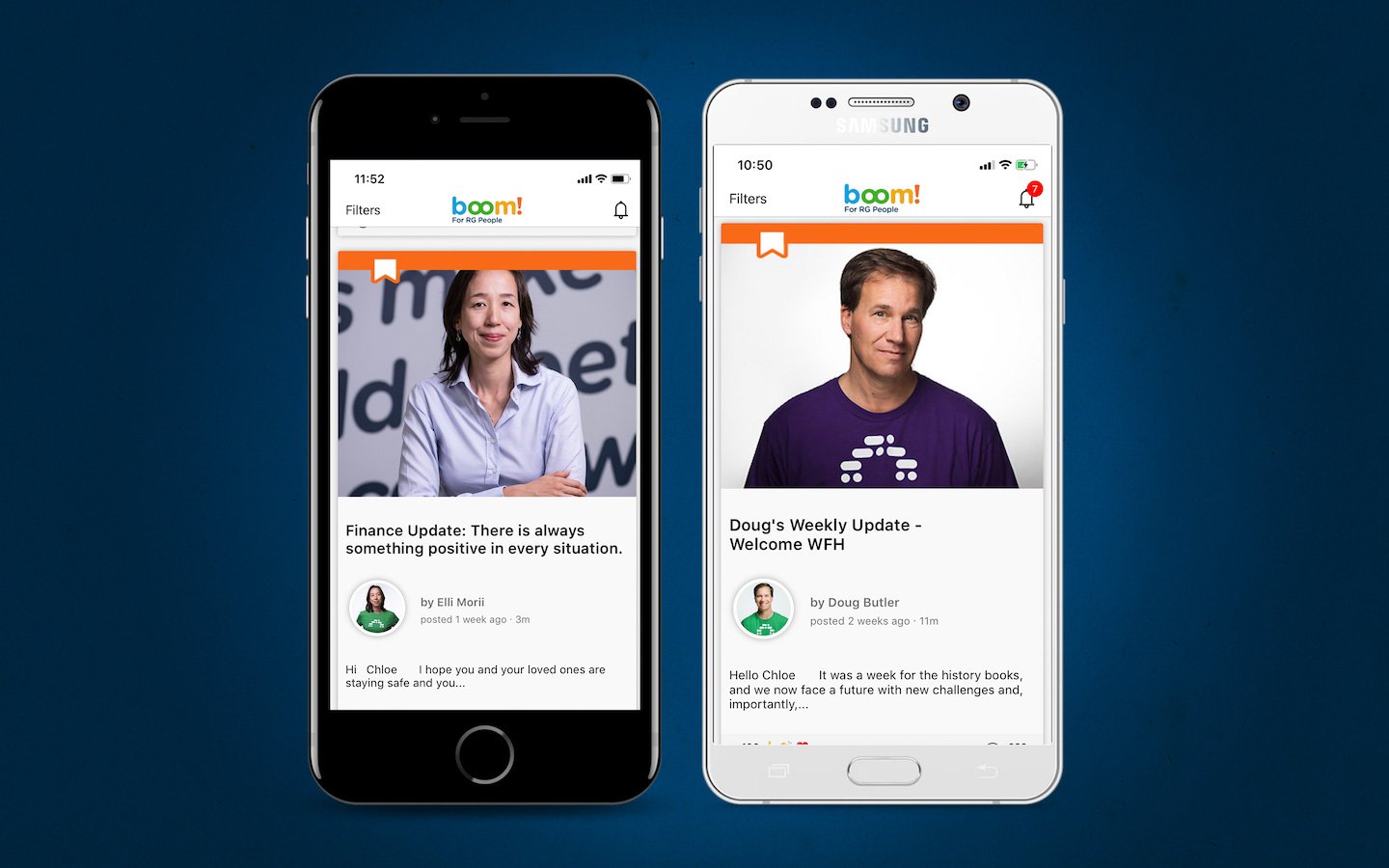5 min read
Executives and other business leaders face day-to-day challenges, but dealing with a crisis is different. And when it comes to an existential threat like a global pandemic, few can be expected to be prepared.
I don’t know if “best practices” exist for such situations, but I have been learning and my own actions and responsibilities have evolved as follows:
Keeping leadership visible
Visibility and Communication have been the cornerstones of our leadership team’s and my approach to this crisis.
Visibility improves leadership’s bond with employees, improves engagement, instills confidence with and provides comfort for your people.
I write a weekly internal blog each Monday and visit our global offices on a regular basis so the business is used to seeing and hearing from me. As we moved to remote working, however, I directed my leadership team to extend their own visibility across their teams and the business by writing more blogs, participating in more video conferences, reviewing and commenting on more blogs and instant messaging channels (both operational and culture-oriented), and increasing their use of our peer-to-peer recognition program and related social wall.
I think that leadership visibility is important at all times, but in this work-from-home and remote workplace environment, it is even more critical as employees are looking for a degree of normalcy and direction.
Creating initial leadership communication focus
In addition to increasing overall leadership visibility, we also ramped up our internal communication.
First, our HR team created a COVID-19 hub to centralize publicly available health and safety information on the pandemic. In addition, we asked local leaders to provide geographic-specific summaries of governmental economic and other initiatives to help our people understand some of the public support being provided.
We then turned our focus to safety and logistics, and in order to demonstrate their importance, I took the lead in personally promoting new social distancing and hygiene guidelines, and announcing office closures, travel restrictions and expectations for our new work-from-home environment.
In order to quickly communicate with our employees, we used all available channels for these notices including our employee communications and engagement platform, our instant messaging software, our email system and even our employee-focused social media sites such as our Instagram.
Finally, while our early focus was on providing safety and logistics-oriented information to our people, subsequent communication turned to emotions as our employees were looking for support and guidance from leadership and me amid fears about their personal health and economic concerns.

With a younger demographic across our workforce I was able to reassure the team that the world (and I) have been through traumatic events before including economic collapses, stock market crashes, terrorist attacks and wars and that with time this crisis would also pass.
And it was with a balance of optimism and caution that the leadership and I addressed our business viability and future expectations.
I was able to provide some specific business information to calm their initial concerns, but the fact is it’s OK to tell your people when you don’t know the answer to future outcomes. Because of the uncertainty, we felt that the most important thing we could do was to assure our people that we would keep them informed of business conditions and transparent about any decisions that might need to be made in the future.

Discovering opportunities to impact our business and our culture
Now that we have moved into the next phase of this crisis, we have found that in our remote work-from-home environment, leadership and I have our people’s attention and engagement more than ever. Readership of our blogs and announcements are at all-time highs, responses to management directives were quickly adopted, and participation in other initiatives is broader than usual.
From this increased employee engagement came an opportunity to influence and advance business and cultural objectives.
Leadership and I took this opportunity to increase awareness of product features and development, sales and marketing strategies and other operating dynamics and teams through dedicated blogs and feature articles. We also enhanced teamwork, wellbeing and cultural exchanges through specialized message groups like book, cooking, exercise and diet clubs.
Finally, we have stepped up our employee recognition by acknowledging employees for contributions in our blogs and feature articles and stepped up our participation in our peer-to-peer recognition program. For my part, I have now sent out over 100 eCards to employees, all of which are seen by our global staff who are reviewing, reacting and commenting on them through our social recognition wall.

Find opportunities to listen, too
If having our people’s attention allowed us to communicate more effectively, it also provided an opportunity to listen and to collect valuable employee feedback from our teams in order to better manage during this crisis.
We opened up communications avenues for employees including specialized instant messaging channels, released a poll for more confidential inquiries, and generally encouraged our people to speak with their managers and leadership in order to address common questions and concerns. This feedback guided much of our internal communication as leadership and I was able to directly address our employees’ principal concerns.
Crises are unsettling, and employees are looking for ways to balance their professional requirements and their emotions.
If our experience is any guide, we have learned that Leadership can provide that mooring and build engagement and future loyalty by being visible, communicative, open, honest and disciplined.
While looking for positives in this crisis, know that your relationship with your people can be strengthened with proper leadership.

 Doug Butler
Doug Butler



